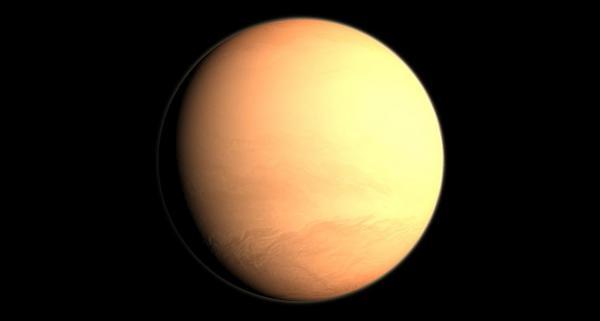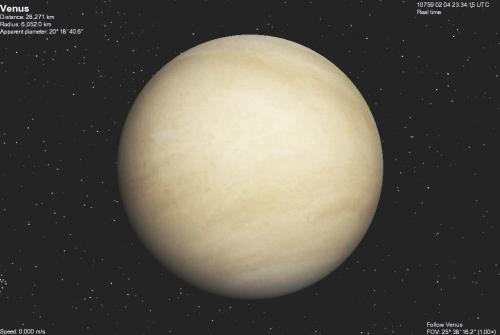BY LETTER
Cytherean type worlds
Hot, Venus-like greenhouse worlds | |
 Image from LordOther | |
| A Cytherian type world orbiting a red dwarf, with sulphur-rich clouds | |
Eventually an atmosphere hundreds of time as thick as a standard Gaian world's is formed, while the surface is riddled with volcanoes. These volcanoes also thicken the surface crust, eventually to the point where much of the activity is literally penned beneath the surface. Every few hundred million years, however, this activity reaches a point where the entire surface of the planet turns over in a planet-wide catastrophe, and the thickening process begins again once the internal heat has been released.
 Image from Steve Bowers | |
| Venus, before the world was finally terraformed | |
Subtypes: PelaCytherian (previously PelaVenusian) and EuCytherian (previously EuVenusian)
Related Articles
Appears in Topics
Development Notes
Text by John M. Dollan
Initially published on 18 November 2008.
Initially published on 18 November 2008.






